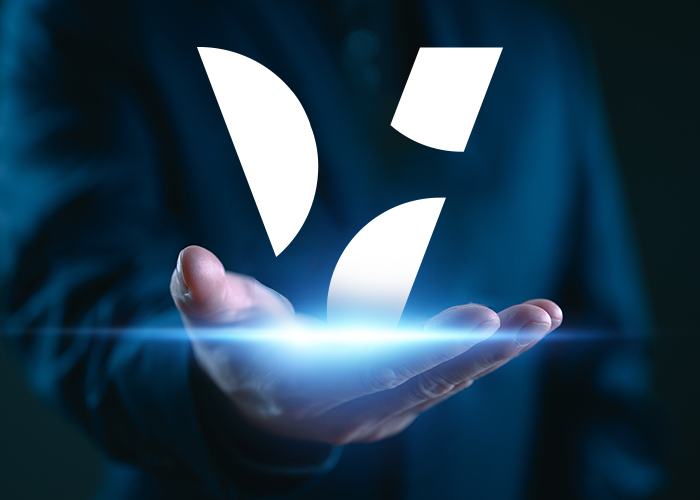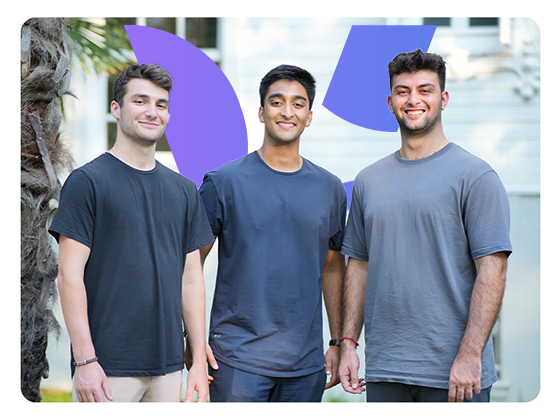The concept of tokenizing Real-World Assets (RWA) is rapidly gaining traction as one of the most promising applications of blockchain technology. From real estate and commodities to debt instruments and equities, the possibilities for tokenizing RWAs are vast. Industry experts predict that the tokenization of global assets could represent a $16 trillion opportunity by 2030, according to a study by Boston Consulting Group (BCG). Yet, as the market grows, there’s a real risk that the industry may fracture into isolated issuance ecosystems—each competing for market dominance rather than working together to unlock the full potential of RWAs.
This fragmented future is not the one we should aspire to. Instead, companies in the RWA and tokenization space must recognize that collaboration—not competition—will drive collective growth, regulatory clarity, and innovation. The size of the market, coupled with the regulatory complexity of tokenizing assets across different jurisdictions, calls for a cooperative approach. By forming strategic partnerships, aligning with regulators, and fostering open trade between issuing entities, we can ensure that the RWA tokenization industry scales efficiently and equitably.
The Size of the Pie: A Trillion-Dollar Opportunity
To understand the scale of the opportunity, let’s first look at the scope of the market. Tokenization allows for the fractional ownership of assets, turning traditionally illiquid investments into liquid, tradable assets on the blockchain. According to a 2022 report by Citi GPS, asset tokenization could represent a $5 trillion market in private equity alone by 2030, with the broader asset class market cap of tokenized RWAs reaching into the trillions as well. This includes sectors such as real estate, infrastructure, commodities, art, and more.
Real estate tokenization, for example, is already gaining ground. JLL, a global real estate services firm, has estimated that the global real estate market is worth over $280 trillion, and tokenizing even a small fraction of this value represents a monumental opportunity for blockchain-based innovation. The ability to unlock liquidity in traditionally illiquid markets—whether it’s a skyscraper in New York or a wind farm in Germany—is a game-changer.
For tokenization companies and RWA platforms, the opportunity is not limited to issuance. Secondary markets for these assets, trading platforms, custodial services, and compliance tools
will all play critical roles in this ecosystem. A fragmented market, however, could hinder the industry’s ability to scale by creating silos where innovation and liquidity are locked behind proprietary walls.
Collaboration Over Competition: Regulatory and Commercial Partnerships
Given the complexity and scope of the RWA market, no single platform or company will be able to corner the entire space. The process of tokenizing real-world assets is inherently multi-faceted. It involves interacting with regulators, ensuring compliance across multiple jurisdictions, integrating with traditional financial systems, and building trust with institutional investors. These challenges necessitate a collective, cooperative approach.
One of the most critical areas for collaboration is regulatory alignment. Tokenizing RWAs requires careful navigation of securities laws, tax codes, and investor protections that vary from one country to the next. Regulatory clarity is still lacking in many jurisdictions, and the absence of standardized guidelines could lead to fragmented market practices. The World Economic Forum (WEF) highlights in their blockchain policy whitepaper that consistent global regulatory standards are essential for fostering the growth of tokenized assets.
For RWA tokenization to thrive, companies need to collaborate with both regulators and each other. Partnerships with governments and financial institutions can help establish best practices and build regulatory frameworks that ensure investor protection while allowing for innovation. Projects like Concordium, a blockchain platform focused on identity and regulatory compliance, are already engaging with regulators to ensure tokenized assets can be traded in a compliant manner across borders. This kind of partnership is essential for long-term growth and stability in the RWA market.
Moreover, RWA platforms must collaborate commercially. Trade partnerships between issuance platforms will allow for greater liquidity and cross-border asset trading. The goal should be to create an open, interoperable market where tokenized assets can move freely between jurisdictions, platforms, and secondary markets. By encouraging open standards and partnerships, companies can foster innovation, reduce transaction costs, and ensure that the entire ecosystem benefits from greater liquidity and efficiency.
A Unified Industry: Avoiding Fragmentation in Issuance Ecosystems
One of the biggest risks facing the RWA industry is fragmentation. If issuance platforms compete for dominance without fostering interoperability, we may end up with a series of siloed ecosystems, each with its own proprietary standards for tokenization, trading, and compliance. This scenario would not only stifle innovation but also reduce the overall liquidity and growth potential of the market.
The tokenization of RWAs must be based on open standards that facilitate collaboration between platforms. Companies like Polymath, which has built a blockchain specifically for the
issuance of compliant securities tokens, are leading the way by offering protocols that can be used by other issuance platforms. This type of approach enables platforms to work together, ensuring that tokens issued on one platform can be traded on another. Such interoperability will be crucial as the RWA market matures.
The need for collective growth is further underscored by the sheer complexity of issuing and managing RWAs across borders. For example, tokenizing a piece of real estate in the United States is vastly different from doing the same in Singapore, both from a regulatory and market perspective. If each issuance platform attempts to dominate its own jurisdiction without engaging with global partners, we risk creating a patchwork of fragmented systems that hinder rather than promote innovation and liquidity.
Instead, the focus should be on creating open networks of issuance platforms that facilitate the global trade of tokenized assets. By working together, these platforms can establish shared standards for compliance, governance, and trading, which will foster innovation and increase liquidity. The International Token Standardization Association (ITSA) is one such initiative aimed at promoting interoperability and common standards for tokenized assets. These efforts must be supported and expanded to ensure the RWA industry avoids the pitfalls of fragmentation.
The Benefits of Collective Growth
A unified approach to the RWA market offers numerous benefits:
- Increased Liquidity: By fostering open markets, platforms can create deeper liquidity pools for tokenized RWAs. Investors will have more options, and assets will be able to move more freely across borders and platforms.
- Regulatory Clarity: Working with regulators collectively, rather than competitively, will help establish clearer frameworks that benefit the entire industry. A fragmented approach would likely result in conflicting rules and inconsistent standards across different jurisdictions.
- Cost Efficiency: Collaboration reduces duplication of effort. Instead of each company building its own proprietary solutions, platforms can share technologies and protocols, reducing costs and accelerating innovation.
- Investor Confidence: A unified market will inspire greater confidence from institutional investors, who will be more willing to enter a space where regulatory clarity, liquidity, and compliance are ensured across platforms.
- Global Reach: Collective growth enables tokenized assets to reach a global audience. By working together, issuance platforms can create a marketplace where assets from any part of the world can be traded, bought, and sold on multiple platforms, expanding the reach and scalability of the industry.
Conclusion: The Future of RWA is Collaborative
The tokenization of Real-World Assets represents one of the most significant opportunities in the blockchain space, with trillions of dollars of value potentially up for grabs. However, realizing this potential requires a shift in mindset. RWA and tokenization companies need to move away from viewing the market as a zero-sum game and instead focus on collective growth through collaboration.
By working together—across regulatory, commercial, and technological lines—RWA platforms can build an industry that is liquid, compliant, and innovative. The future of finance doesn’t have to be fragmented; it can be interconnected, open, and accessible to everyone.
The real challenge is not how large each company’s slice of the pie is, but how big we can make the pie itself.







